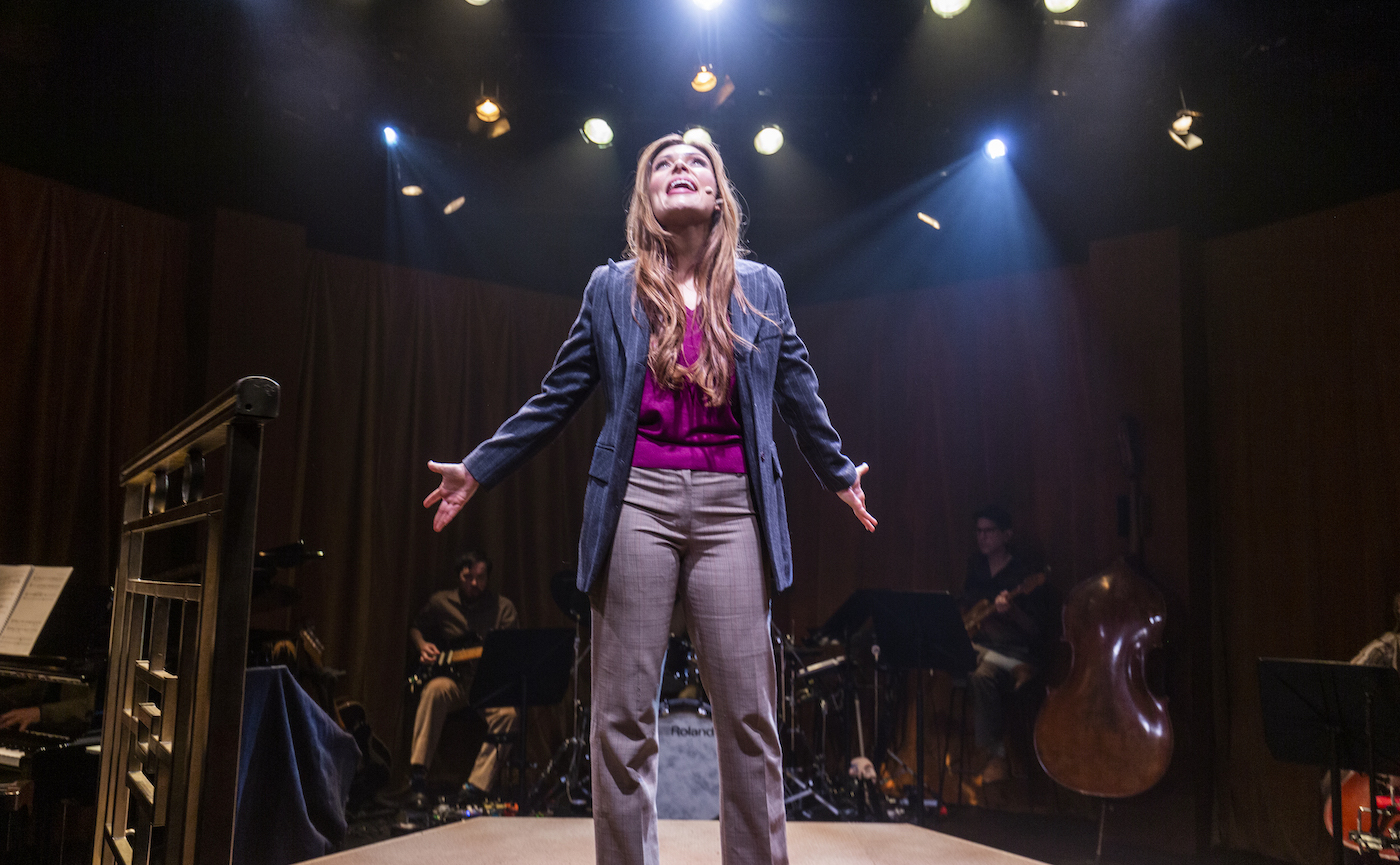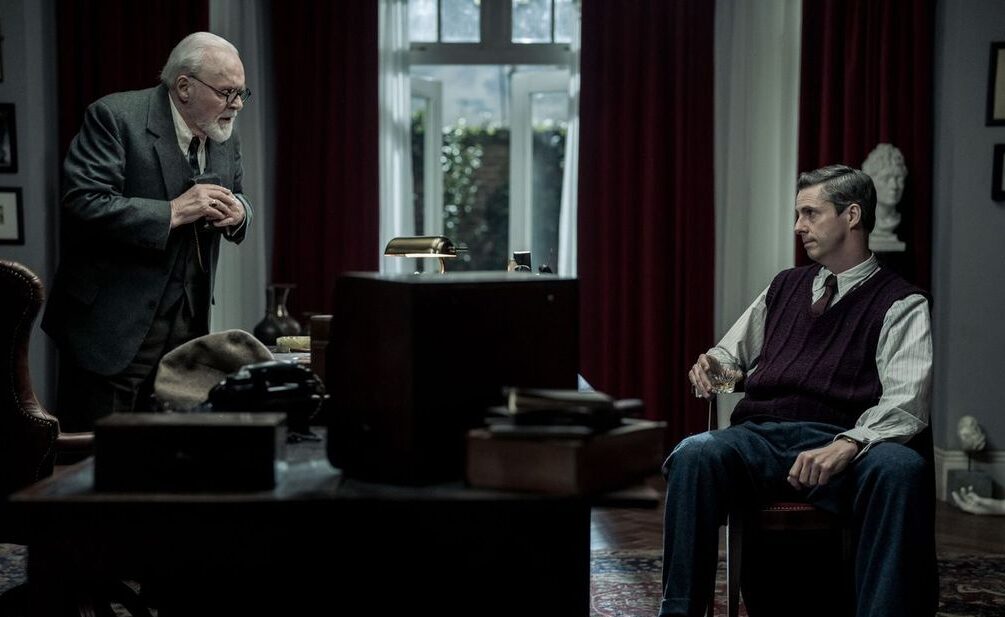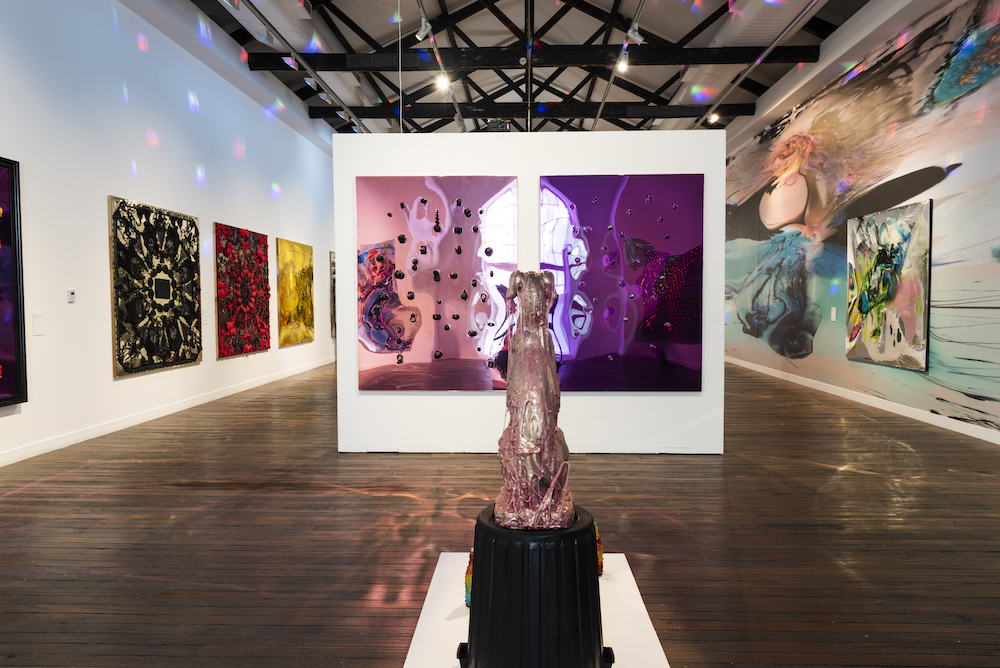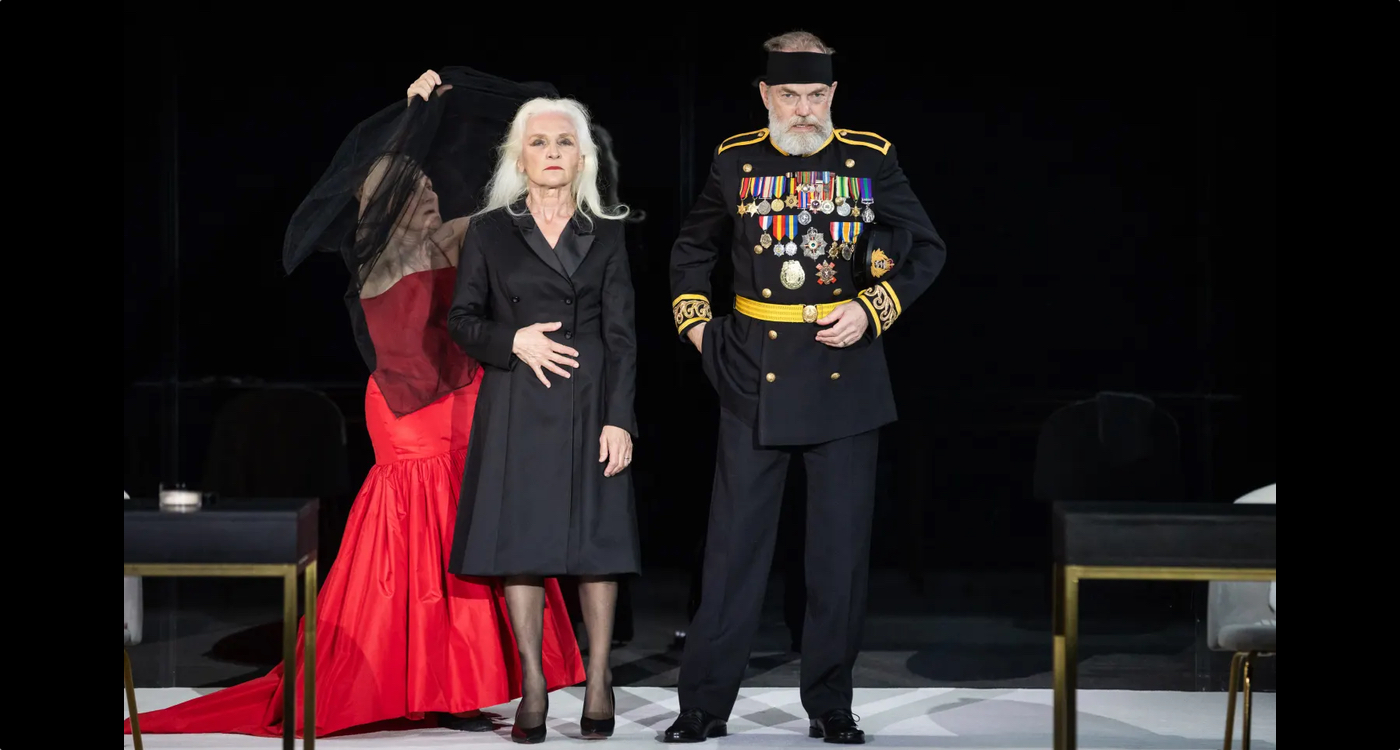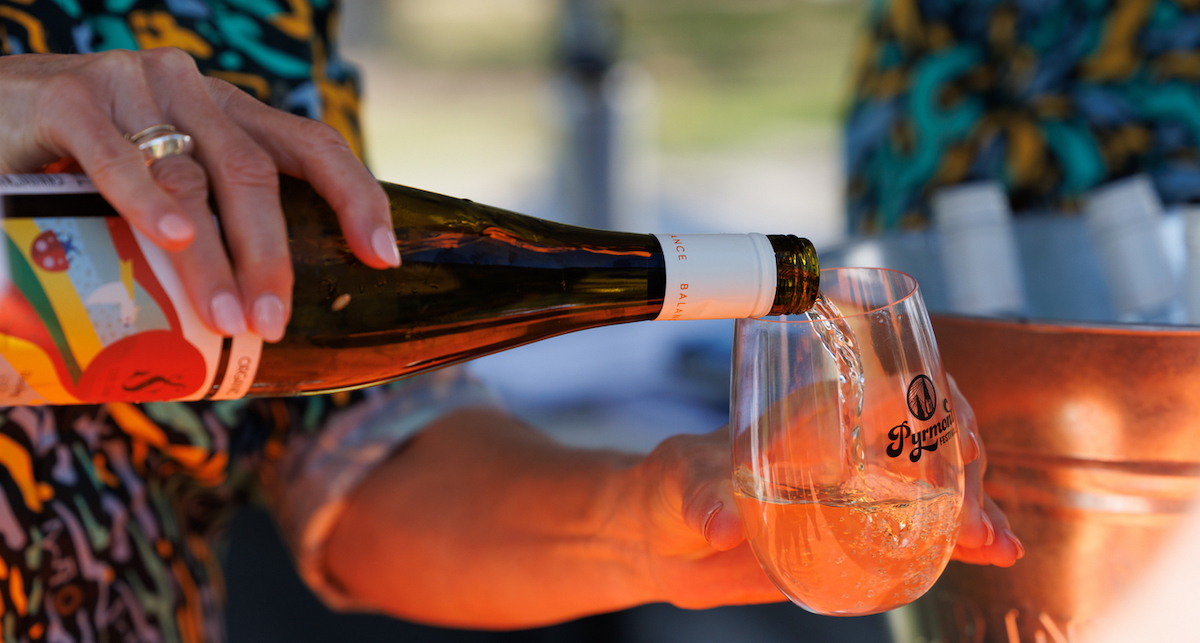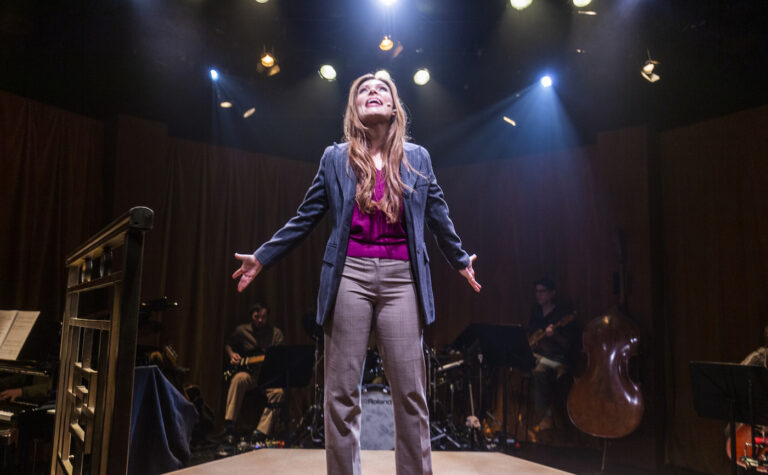
Carmina Burana
Artistic Director of the Sydney Philharmonia Choirs Brett Weymark learnt Carmina Burana from Wilhelm Killmayer’s arrangement when the choir recorded this version for ABC Classics.
He says, “With this version, you really appreciate the influence that composers like Stravinsky had on Orff. The rhythmic elements are also particularly highlighted with the accompaniment being just two pianos and a percussion ensemble.”
“The original text of Carmina Burana was written in the Middle Ages (Carmina Burana means Songs From Bayern), providing a colourful postcard of medieval life – from the fickleness of fate and fortune, to the earthly pleasures of wine, gambling and lust,” he says.
“It was discovered in a German monastery in the mid–19th century and published in 1847. Carl Orff’s cantata – or vocal composition – was written in the 1930s, and has been loved by audiences and choirs ever since.”
Weymark thinks it is terrific fun to teach this to a choir. “It calls for them to be virtuosic in terms of language, rhythm and pitch; and the subject matter requires everyone to open their imaginations and really commit to the – at times, wild suggestions made by the text. It is not a terribly serious work! It is meant to be enjoyed”.
I asked him if he is going to allow the audience to sing along with the choir.
“Who am I to rain on people’s parade. Sing along!” he urges.
Peter Sculthorpe’s Sun Music and John Peterson’s The Earth That Fire Touches add an Australian element to the program.
May 22. Sydney Town Hall, 483 George St, Sydney. $49-$109+b.f. Tickets & Info: www.whatson.cityofsydney.nsw.gov.a




